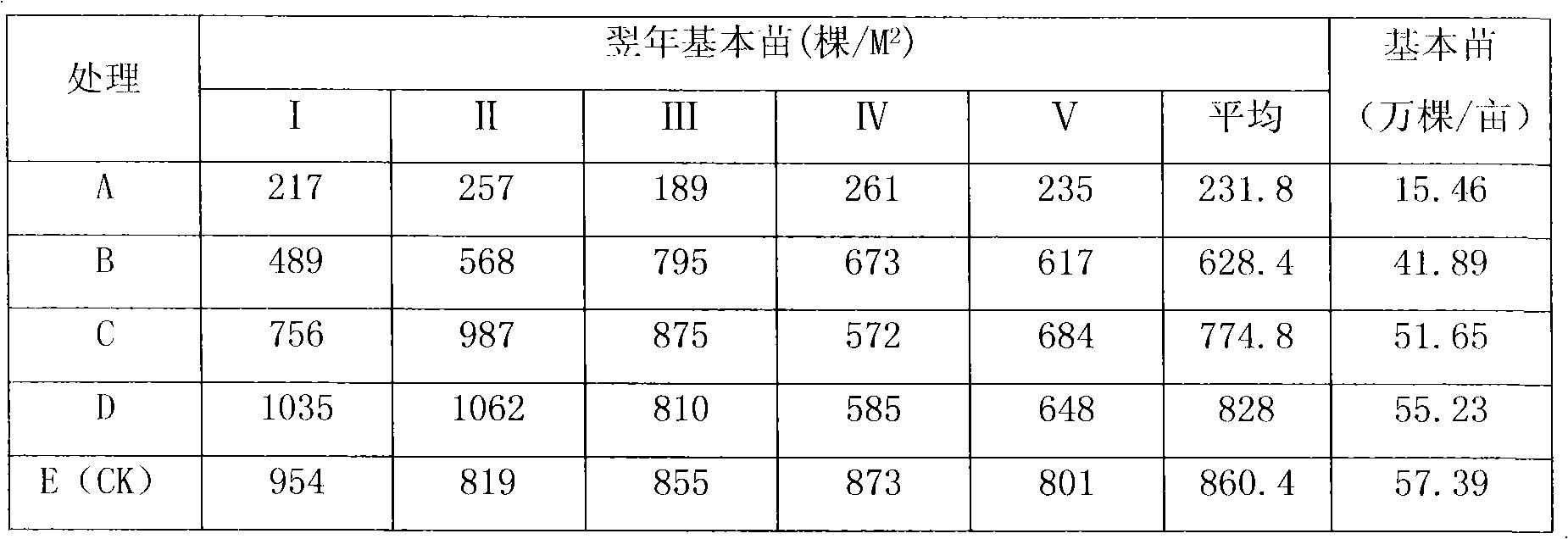Once-sowing perennial self-production method of milk vetch in mechanically-transplanted single cropping rice field
A technology of vetch and machine transplanting, applied in horticultural methods, botanical equipment and methods, applications, etc., can solve the problems of reducing the quality of soil cultivated land, high cost of vetch planting, and cannot directly generate benefits, etc. Yield, improving soil physicochemical properties, and reducing sowing labor costs
- Summary
- Abstract
- Description
- Claims
- Application Information
AI Technical Summary
Problems solved by technology
Method used
Image
Examples
Embodiment approach
[0033] 1 Experiment setting: The experiment was carried out in Shengdun Agricultural Science and Technology Park in Wujiang City from October 2007 to December 2009. The sowing time of milk vetch was October 17, 2007, and the harvest time of rice was October 27, 2007. There are 6 treatments in the experiment: treatment A, the plowed and returned time of milk vetch is April 30; treatment B, the time of plowed and returned milk vetch is May 10; The time was May 20; for treatment D, the time for plowing and returning milk vetch was May 25; for the above treatments, some seeds were collected for germination test when plowing and returning to the field. Treatment E is the control (CK), and the plowing and returning time of milk vetch is around April 20 (local conventional plowing time), and conventional sowing is carried out every year. Treatment F was blank, and it was left blank in winter for three consecutive years, without sowing milk vetch and planting other crops. In the fol...
PUM
 Login to View More
Login to View More Abstract
Description
Claims
Application Information
 Login to View More
Login to View More - R&D
- Intellectual Property
- Life Sciences
- Materials
- Tech Scout
- Unparalleled Data Quality
- Higher Quality Content
- 60% Fewer Hallucinations
Browse by: Latest US Patents, China's latest patents, Technical Efficacy Thesaurus, Application Domain, Technology Topic, Popular Technical Reports.
© 2025 PatSnap. All rights reserved.Legal|Privacy policy|Modern Slavery Act Transparency Statement|Sitemap|About US| Contact US: help@patsnap.com



